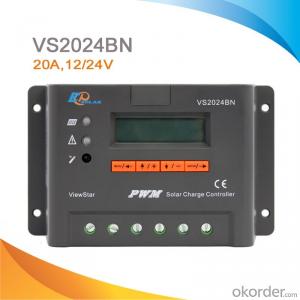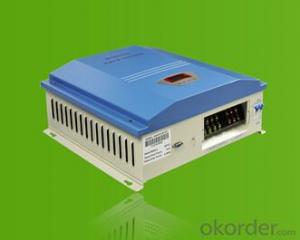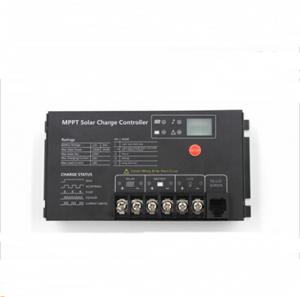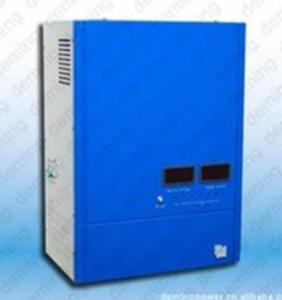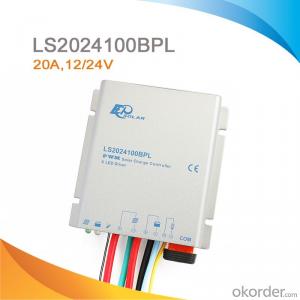All Categories
- - Steel Wire Rod
- - Steel Coils
- - Steel Profiles
- - Steel Pipes
- - Stainless Steel
- - Tinplate
- - Special Steel
- - Steel Sheets
- - Steel Rebars
- - Steel Strips
- - Hot Rolled Steel
- - Cold Rolled Steel
- - Pre-painted Steel
- - Seamless Steel Pipe
- - Welded Steel Pipe
- - Hollow Steel Tubes
- - Galvanized Pipe
- - Stainless Steel Coil
- - Stainless Steel Sheet
- - Stainless Steel Plate
- - Stainless Steel Strips
- - Electrolytic Tinplate Coil
- - Electrolytic Tinplate Sheet
- - Stainless Steel Rebars
- - Solar Panels
- - Solar Water Heater
- - Solar Related Products
- - Solar Inverter
- - Solar Cells
- - Solar Light
- - Solar Energy Systems
- - Solar Controllers
- - Solar Mounting System
- - Solar Pump
- - Solar Chargers
- - Fiberglass Chopped Strand
- - Fiberglass Mesh Cloth
- - Composite Pipes
- - FRP Pultrusion Profiles
- - Fiberglass Mat Tissue
- - Fiberglass Fabrics
- - Fiberglass Mesh
- - Composite Tank
- - Fiberglass Mesh tape
- - Polymer
- - FRP Roofing Panel
- - Fiberglass Roving
- - Monolithic Refractories
- - Ceramic Fiber Products
- - Refractory Bricks
- - Raw Materials For Refractory
- - Suspended Platform
- - Cranes
- - Concrete Machinery
- - Earthmoving Machinery
- - Building Hoist
- - Road Building Machinery
- - Plastic Pipe Fittings
- - Plastic Tubes
- - Plastic Sheets
- - Agricultural Plastic Products
- - Plastic Nets
 All Categories
All Categories
Q & A
Are there any maintenance requirements for a solar controller?
Yes, solar controllers typically have maintenance requirements. These may include regular cleaning of dust and debris from the controller's surface, ensuring proper ventilation, checking and tightening electrical connections, and monitoring the battery's performance. Additionally, it is important to follow the manufacturer's guidelines for maintenance and periodically inspect the controller for any signs of damage or wear.
How do I choose the right solar controller for my solar panel system?
When choosing the right solar controller for your solar panel system, there are a few key factors to consider.
1. System Voltage: Determine the voltage of your solar panels and battery bank. Make sure the solar controller is compatible with the voltage of your system.
2. Current Capacity: Consider the maximum current capacity of your solar panels and battery bank. The solar controller should be able to handle the maximum current produced or required by your system.
3. Type of Controller: Decide whether you need a PWM (Pulse Width Modulation) or MPPT (Maximum Power Point Tracking) controller. MPPT controllers are generally more efficient and suitable for larger systems, while PWM controllers are simpler and cost-effective for smaller systems.
4. Load Control: If you have additional loads like lights or appliances connected to the system, ensure that the solar controller has load control capabilities to manage the power distribution effectively.
5. Temperature Compensation: If you live in an area with extreme temperatures, consider choosing a solar controller with temperature compensation feature to optimize charging and prevent overcharging or undercharging.
6. Brand Reputation and Reviews: Research and choose a reputable brand with positive customer reviews. This ensures reliability and quality performance of the solar controller.
By considering these factors, you can make an informed decision and choose the right solar controller that suits your specific solar panel system requirements.
How does a solar controller handle battery equalization cycles?
A solar controller handles battery equalization cycles by monitoring and controlling the charging process to ensure that each battery in a bank is charged evenly. It applies a higher voltage to the batteries during the equalization cycle, which helps to balance the charge levels and remove any sulfation buildup on the battery plates. This process helps to extend the battery life and maintain optimal performance.
How do I connect a solar controller to a solar-powered educational institution?
To connect a solar controller to a solar-powered educational institution, follow these steps:
1. Determine the power requirements of the institution: Calculate the total power consumption of the educational institution, including lighting, appliances, and other electrical equipment.
2. Select an appropriate solar controller: Choose a solar controller that matches the power requirements of the institution. Ensure it has sufficient capacity to handle the maximum power demand and is compatible with the solar panels and batteries being used.
3. Install the solar panels: Mount the solar panels in a location that receives maximum sunlight exposure. Connect the panels in series or parallel to generate the required voltage and current.
4. Connect the solar panels to the solar controller: Connect the positive and negative terminals of the solar panels to the corresponding terminals on the solar controller. Ensure proper wiring connections and use appropriate cable sizes to minimize power losses.
5. Configure the solar controller: Set up the solar controller according to the specific requirements of the educational institution. This may involve adjusting parameters such as battery type, charging profiles, and load settings.
6. Connect the batteries: If using batteries for energy storage, connect them to the solar controller. Follow the manufacturer's instructions for proper battery connection and ensure the polarity matches.
7. Connect the load: Connect the electrical load of the educational institution, such as lights, fans, or computers, to the load terminals of the solar controller. Ensure the load is within the capacity of the system to prevent overloading.
8. Test and monitor: Once the solar controller is connected, test the system to ensure proper functionality. Monitor the performance regularly, checking battery levels, charging efficiency, and load usage to optimize the system's operation.
Remember to consult with a professional or seek expert advice if you are unsure about any step in the process.
Wholesale Solar Controllers from supplier in Guinea
Our Solar Controllers are designed to meet the unique requirements of the Guinea market, ensuring reliable and efficient performance in solar power systems. We offer a wide range of Solar Controllers, including PWM and MPPT controllers, with various voltage and current capacities to suit different applications.
With our exceptional sales team, we strive to understand your specific needs and provide tailored solutions that meet your project requirements. Our experts are well-versed in the latest industry trends and can guide you in selecting the most suitable Solar Controllers for your applications.
In addition to sales, we also provide quotation services, ensuring transparent pricing and competitive rates for our Solar Controllers. Our team will work closely with you to provide accurate and detailed quotations, helping you make informed decisions.
Furthermore, our technical support services are second to none. Our team of experienced engineers is available to assist you throughout the installation and operation of our Solar Controllers. Whether you require assistance with system design, troubleshooting, or maintenance, we are here to provide prompt and reliable support.
As a subsidiary platform of CNBM, a Fortune Global 500 company, we have access to a vast network of suppliers and resources. This allows us to offer comprehensive procurement solutions for Solar Controllers in Guinea, ensuring timely delivery and high-quality products.
Our years of market presence in Guinea have given us invaluable expertise and understanding of the local conditions and requirements. We are well-equipped to support your projects effectively and provide reliable solutions that meet your expectations.
Choose us as your trusted supplier of Solar Controllers in Guinea, and experience exceptional sales, quotation, and technical support services. Contact us today to discuss your requirements and let us help you achieve your solar power goals.
With our exceptional sales team, we strive to understand your specific needs and provide tailored solutions that meet your project requirements. Our experts are well-versed in the latest industry trends and can guide you in selecting the most suitable Solar Controllers for your applications.
In addition to sales, we also provide quotation services, ensuring transparent pricing and competitive rates for our Solar Controllers. Our team will work closely with you to provide accurate and detailed quotations, helping you make informed decisions.
Furthermore, our technical support services are second to none. Our team of experienced engineers is available to assist you throughout the installation and operation of our Solar Controllers. Whether you require assistance with system design, troubleshooting, or maintenance, we are here to provide prompt and reliable support.
As a subsidiary platform of CNBM, a Fortune Global 500 company, we have access to a vast network of suppliers and resources. This allows us to offer comprehensive procurement solutions for Solar Controllers in Guinea, ensuring timely delivery and high-quality products.
Our years of market presence in Guinea have given us invaluable expertise and understanding of the local conditions and requirements. We are well-equipped to support your projects effectively and provide reliable solutions that meet your expectations.
Choose us as your trusted supplier of Solar Controllers in Guinea, and experience exceptional sales, quotation, and technical support services. Contact us today to discuss your requirements and let us help you achieve your solar power goals.

